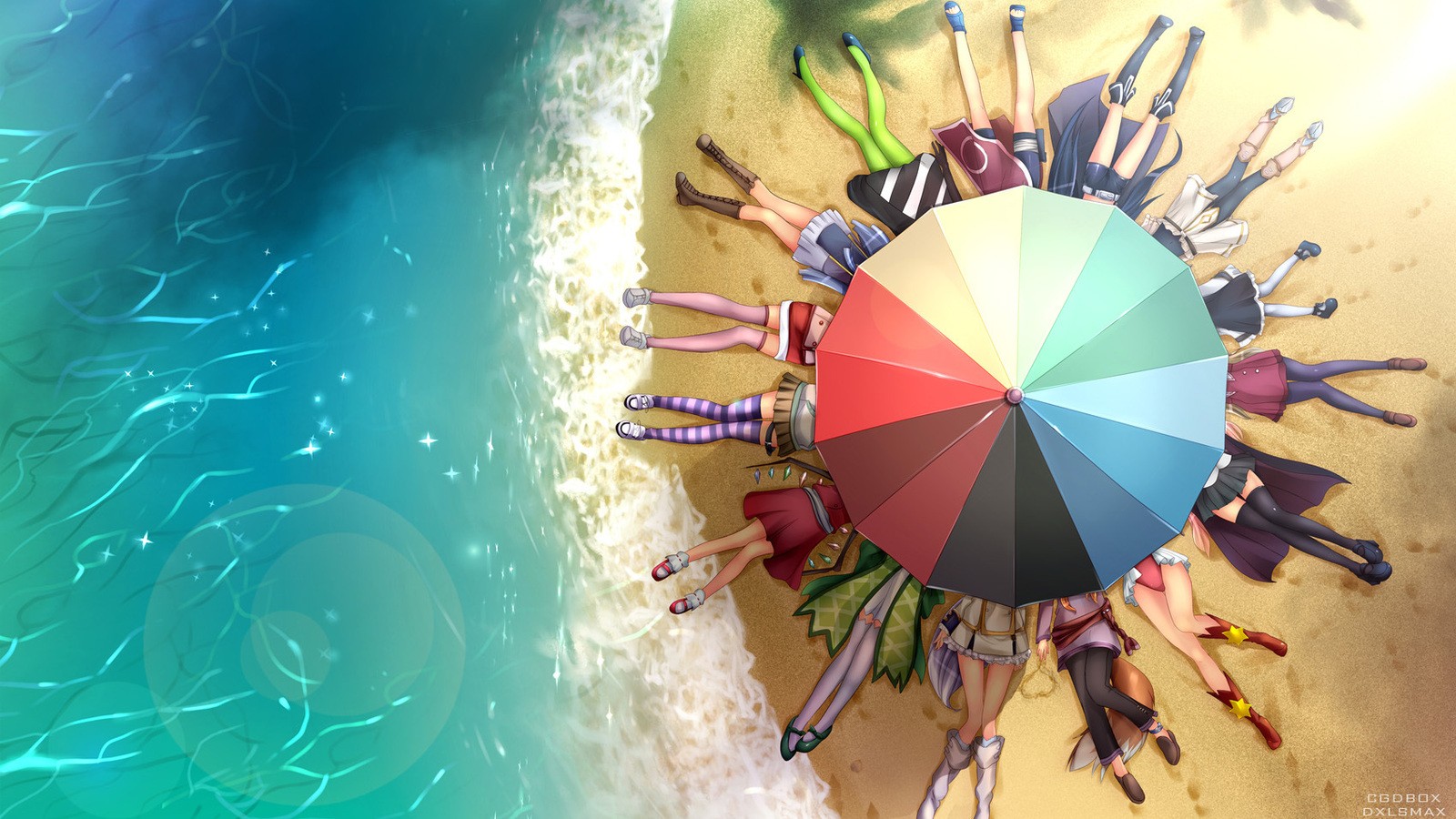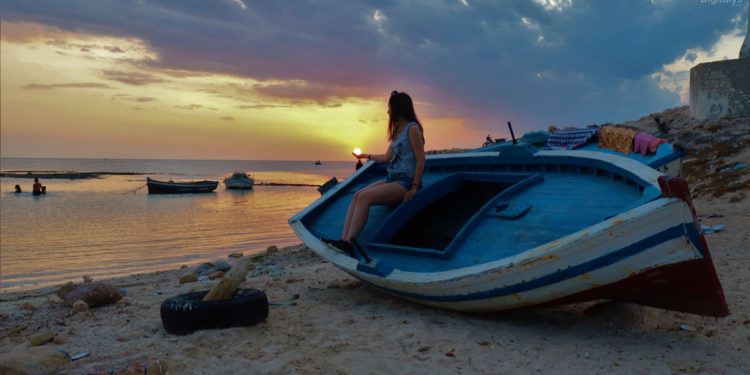A national campaign to support Djerba’s condidacy for registration on the World Hertiage List of UNESCO has started on the internet and social media websites encouraging internet users to show solidarity.
This campaign was initiated by the Association of Djerba Island Safeguarding (ASSIDJE) and supported by the ministry of the Tourism and the Tunisian National Tourist Office (ONTT). It aims to reveal the uniqueness of the Djerba Island, its heritage, its particular lifestyle and its multi-cultural landscape.
In order to apply for inclusion on the UNESCO World Heritage List, a place, a monument or a set of places must prove its uniqueness.
If you ever had the chance to visit Djerba, even through virtual tours and videos, you’ll see that the island has proven its unique features which give it the right to apply for World Heritage status.
But to classify a property at the global level, it must first prove that an effort of conservation, restoration and awareness has been started. Conservation and restoration works have long started, with the sole aim of preserving the old Djerba for future generations. It is now time to raise awareness of the importance of this island, its culture, its history and its monuments.
Short description of the Djerba Island
Djerba is an island, at 514 square kilometers (198 sq mi), largest island of North Africa,occupying one of the most strategic positions in the heart of the Mediterranean Sea.
The island, was called Meninx (Ancient Greek: Μῆνιγξ) until the third century AD.
The legend say that Djerba was the island of the lotus-eaters (Lotophages island) where Odysseus was stranded on his voyage through the Mediterranean sea.
Djerba is the land of the “Ghriba”, the oldest synagogue in the entire Mediterranean West.
During the Middle Ages, Djerba was occupied by Ibadi Muslims, who claimed it as their own. The Christians of Sicily and Aragon disputed this claim with the Ibadites. Remains from this period include numerous small mosques dating from as early as the twelfth century, as well as two substantial forts.
In 1503, Barbary pirate Oruç Reis and his brother Hayreddin Barbarossa took control of the island and turned it into their main base in the western Mediterranean, thus bringing it under Ottoman control.
An archaeological field survey of Djerba carried out between 1995 and 2000 under the auspices of the University of Pennsylvania, the American Academy in Rome and the Tunisian Institut National du Patrimoine, revealed over 400 archaeological sites, including many Punic and Roman villas and amphitheater.
Promotional video
Personal Photo Gallery
I took these pictures during my recurring visits to Djerba. Some of them were taken from my grand-parents land.
Important
This rich cultural heritage does not overshadow the beauty and the quality of the natural landscapes still preserved but which are threatened by the combination of several factors including in particular the expansion of urbanization.
To give Djerba more chances, just sponsor his candidacy by signing the guest book on this site: http://djerba-island.com/inscription
The more support Djerba has, the stronger its candidacy will be, as it will come not only from the State, its ministries and civil society, but also from a large number of fellow citizens concerned with preserving its history.

Briefly,
I’m writing this article with particular love to Djerba, my hometown!






![[Securiday 2018] End User Protection](https://digitalys-mag.net/wp-content/uploads/2018/04/securiday18_conf.jpg)

![Détective Conan : les épisodes de l’histoire principale triées [part 1]](https://digitalys-mag.net/wp-content/uploads/2016/08/Meitantei.Conan_.full_.1913572.jpg)


![[Warning] Une faille critique dans tous les jeux Blizzard permettra aux Hackers de détourner des millions de PC](https://digitalys-mag.net/wp-content/uploads/2018/01/X1NH71Z11PTZ1508884994858.jpg)






